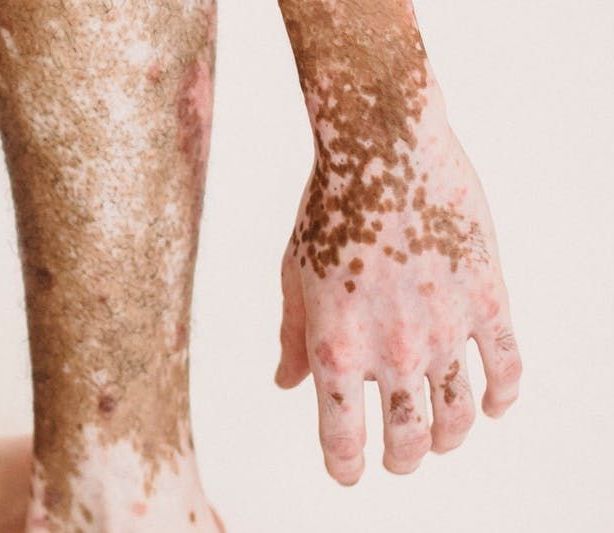Article
Sivastatin Effective in Patients with Vitiligo
Author(s):
Investigators reported that the drug helped improve skin repigmentation in patients with vitiligo, but added that further studies were needed to fully explore its efficacy.

A recent study comparing the prescription medicines simvastatin and methotrexate found that the former was well-tolerated among patients with vitiligo when delivered orally and helped reduce the severity of skin involvement and improved skin repigmentation.
Available corticosteroids such as simvastatin are among the treatments that have had a moderate effect on the improvement of the disease. However, few studies have been performed to establish its efficacy.
As such, investigators led by Masoud Golpour, Department of Dermatology, Mazandaran University of Medical Sciences, conducted a single-blind clinical trial study aimed to compare the efficacy and safety of simvastatin with methotrexate in patients with vitiligo.
Methods
A total of 60 patients with vitiligo were enrolled in the study.
The mean age of patients in the group treated with methotrexate and simvastatin was 34.43 ±10.20 and 36.13 ±10.84, respectively (p=0.988).
Patients were randomly assigned to simple follow-up sampling in 2 groups of 30 for 12 weeks. Patients were revisited and followed up at 4, 8 and 12 weeks after receiving the drug regimens for follow up.
Additionally, 56.7% of the methotrexate group and 6% of the simvastatin group were male (p=0.793). There was no statistically significant difference between the 2 groups in terms of disease duration (7.86 ±6.57 months and 8.83 ±7.78 months, p=0.534, respectively).
The severity and course of the disease were calculated by VASI score (Vitiligo Area Scoring Index), VIDA score, VETF (Vitiligo European Task Force), repigmentation rate and DQLI.
Data were statistically analyzed using SPSS software version 20.
Results
In both groups, methotrexate and simvastatin had a significant decrease in VASI score at 12 weeks compared to the onset (-0.39 ±0.37, p=0.0001 and -0.41 ±0.47, respectively, p=0.0001).
However, investigators reported no statistically significant difference between the 2 groups in terms of VASI score (p=0.350).
There was also no statistically significant difference between the 2 groups in weeks 4, 8 and 12 in terms of repigmentation rate (p=0.390, p=0.285 and p=0.189, respectively).
Progression of the disease between the 2 groups was not observed at 4, 8, or 12 weeks.
For the methotrexate group, the regression rate was reported to be 43.3% at week 12, while the simvastatin group had a 26.7% regression rate.
Generally, there was no statistically significant difference between 2 groups in terms of repigmentation rate (p=0.176).
Extension of the disease based on VETF score between the methotrexate and simvastatin groups were significantly reduced at 12 weeks (-1.75 ±1.95, p=0.0001 and -0.26 ±0.44, respectively, p=0.003).
However, there was no statistically significant difference between the 2 groups in terms of disease extension (p=0.058).
The team observed no side effects in any of the studied groups.
Data regarding DLQI and patient satisfaction at week 12 were similar, with 66.6% of the methotrexate group and 60% of the simvastatin group signaling a positive effect (p=0.490).
Overall, the study showed that simvastatin was well tolerated by patients and was capable of reducing the severity of skin involvement, improving skin repigmentation, and preventing the progression of the disease.
Though it was deemed effective by the investigators, further research was recommended.
“Further studies should be initiated to evaluate the exact molecular and cellular effects and clinical efficacy of statins, including simvastatin, in the treatment of vitiligo,” the team wrote.


